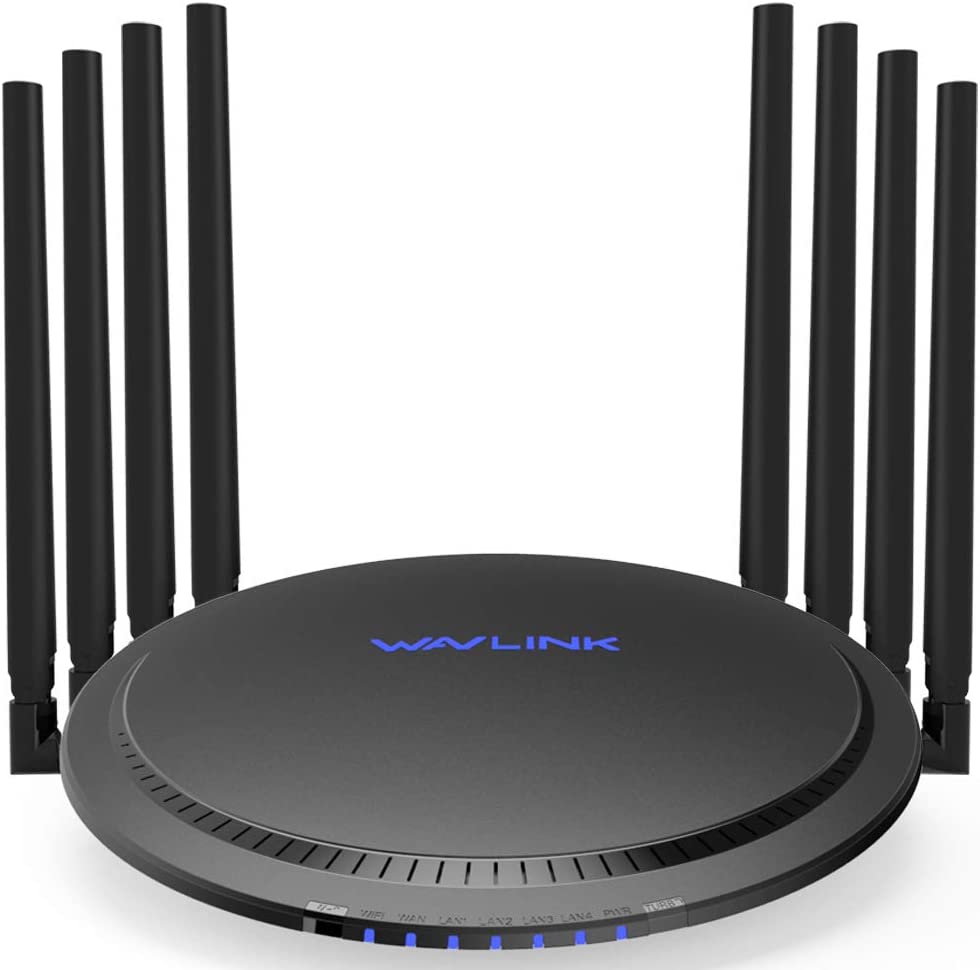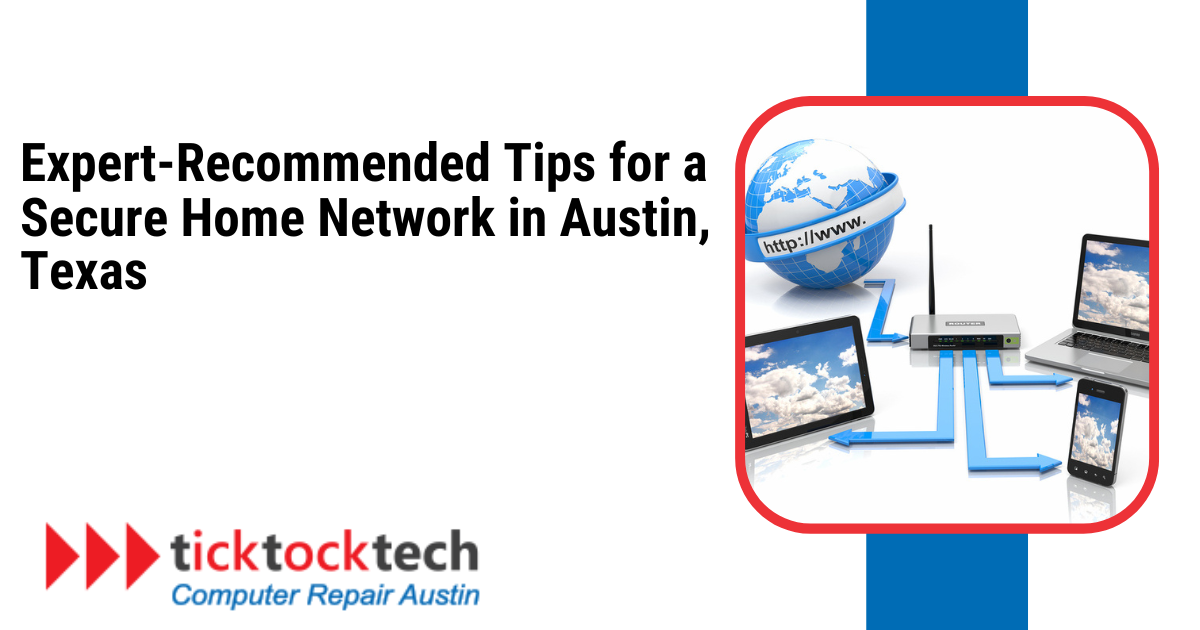There are many things we neglect or do not feel like we need security for. Vulnerability is what hackers and scammers look for in IT infrastructures. Once they find vulnerability in the security structure, they pass through The more vulnerable you seem to be, the more an hacker will be interested in performing their dubious operations. Cyberattcaks can occur through your network, which can spread and give access to every connected devices.
This means, even if you are aware of your other devices being secured, they can still be affected by cyberattack aimed at the network source. And, no, not only company’s network servers, but also home and small business networks. This is obvious, as the smaller categories are expected not to take network security serious, unlike in companies. There are many ways these could happen. Also, there are many ways to make it not happen, and that is what we are here to explore. Let’s what experts advice for Home security to be properly secure in 2024.
1. Make a secure WiFi password.
One of the first and most crucial steps in protecting your home network is setting up a strong Wi-Fi password. It’s a common mistake for people to use simple, guessable passwords like “password” or “123456.” Thus, hackers can easily gain access to their network and even steal their personal data.
- Take into account the subsequent methods to fortify your Wi-Fi password:
- Use numerals, special characters, and both capital and lowercase letters.
- Steer clear of using dictionaries’ common terminology or phrases.
- Make it at least 12 characters long to increase its complexity.
- Change the password frequently to avoid unauthorized access.
By following these tips, you may significantly increase the security of your home network and shield yourself from any online threats.
2. Update the router’s firmware.
For your home network to be secure, the firmware on your router is essential. To take advantage of the latest security fixes and improvements supplied by the manufacturer, it is imperative that you maintain the firmware on your router updated.
- To update your router’s firmware, follow these steps:
- If there are any firmware updates available, check the manufacturer’s website.
- Get the most recent firmware update for the particular model of router you own.
- Access the administration interface of your router by using a web browser.
- Find the location designated for firmware upgrades, then install the new firmware by following the directions.
- Restarting your router will make the changes take effect after the firmware upgrade is complete.
To keep your router secure with the newest security features, don’t forget to regularly check for firmware updates.
3. Switch on the encryption on your network.
Enabling network encryption is a crucial step in protecting your home network. All data transferred between your devices and the router is protected thanks to encryption, making it more difficult for unauthorized parties to intercept.
- To enable network encryption, take these steps:
- Access the administration interface of your router by using a web browser.
- Find the part of the wifi setup, then seek out network encryption choices like WPA2 or WPA3.
- Pick the strongest encryption you can; WPA3 has stronger encryption methods, so that’s the best option.
- Using the same guidelines as previously, create a strong passphrase for your network encryption.
By adding an extra layer of security to your home network, network encryption makes it much more difficult for hackers to access your data.
4. Set up multiple firewalls on your network.
In addition to the router’s built-in firewall, it is advised to turn on several network firewalls for added security. You can add more hardware firewalls or install these firewalls as software on your devices.
If you want to enable multiple network firewalls, take into consideration the following options:
Make sure the firewall feature is activated and install a reliable antivirus product on each device. To provide even more security, think about utilizing a hardware firewall, like a network security appliance. In addition to safeguarding your devices and personal data, having many firewalls actively monitoring your network can significantly reduce the risk of unauthorized access.

5. Turn off remote control.
With remote administration, you may access and control your router’s settings from a distance. Although this feature is helpful, having it enabled puts your security at risk. By taking advantage of holes in remote administration, hackers can get unauthorized access to your network.
Take the following actions to turn off remote management:
Access the administration interface of your router by using a web browser. >> Find the settings area for remote management. >> Turn off or uncheck the option for remote management.
You may minimize security breaches and keep control of your home network by restricting remote management.
6. Put a VPN to use.
Using a Virtual Private Network (VPN) can help your home network’s security and privacy. Hackers will find it more difficult to follow or intercept your data if you use a VPN, which encrypts your internet connection and masks your IP address. To utilize a VPN, think about doing the following:
Choose a reliable VPN service provider after doing some research. >> Install the VPN software on your devices and adhere to the setup instructions. >> Join the VPN server of your choice.
You may ensure that your online activities are private and secure by utilizing a VPN to create a secure, encrypted tunnel between your device and the internet.
7. Update the software and devices on your system.
Keeping your home network safe requires routinely updating your devices’ software and hardware. Staying up to date helps deter hackers as manufacturers provide updates to fix security bugs and errors. To maintain your devices and software up to date, think about the following strategies:
If at all feasible, turn on automatic software updates. >> In the event that automatic updates are unavailable, look for updates manually. >> Keep your operating systems and installed applications up to date. >> Regularly check for firmware updates provided by the manufacturers of the devices.
Setting updates in order of priority guarantees that known vulnerabilities are fixed, lowering the possibility of potential security breaches.
8. Apply filtering for MAC addresses.
An extra layer of security that prevents network access based on device MAC addresses is called MAC (Media Access Control) address filtering. MAC address filtering adds an additional layer of security against unauthorized access by letting you control which devices are permitted to connect to your network.

To use MAC address filtering, adhere to following instructions: Access the administration interface of your router by using a web browser. >> Find the section on choices for MAC address filtering. >> Incorporate the MAC addresses of the devices you wish to allow access to, and activate the filtering feature.
MAC address filtering adds an extra layer of security that may deter inexperienced attackers, but it is not infallible and can be evaded by more skilled hackers.
9. Turn off UPnP (Universal Plug and Play) and SSID broadcasting.
Your Wi-Fi network name is visible to other devices if you enable SSID broadcasting. Unauthorized users will find it more difficult to locate and target your network if you disable SSID broadcasting.
Take the following actions to stop SSID broadcasting: Access the administration interface of your router by using a web browser. >> In the wifi settings, locate the SSID broadcasting option. >> Disable or uncheck the box corresponding to publishing your network name.
Devices on your network can automatically find and connect with one another thanks to a feature called Universal Plug and Play (UPnP). UPnP, although helpful, may provide security risks because it opens ports that hackers may be able to take advantage of.
Take the following actions to turn off UPnP:
Access the administration interface of your router by using a web browser. >> Open the UPnP settings window. >> Turn off or uncheck the option to enable UPnP.
Your home network becomes less visible and potentially vulnerable when SSID broadcasting and UPnP are disabled, increasing network security.
10. Make a network for guests.
To keep your main network separate from the devices of visitors or guests, setting up a guest network is a terrific idea. This makes sure that visitors can browse the internet without directly accessing your private gadgets or important data.
Refer to the user manual that came with your router or use these generic instructions to set up a guest network:
Access the administration interface of your router by using a web browser. >> See the section on the settings for the guest network.
Follow the directions, making sure to create a secure password, to configure the guest network.
You may keep your main network safe while providing easy and secure internet access for your visitors by setting up a separate guest network.
Conclusions
By according to these professional advice recommendations for a secure home network, you may take proactive measures to safeguard your privacy, devices, and online activity. You can significantly lower your chance of falling victim to cyber threats by implementing the necessary security measures and heeding these recommendations. Remember that maintaining the security of your home network requires constant attention and updates to stay ahead of any threats. Continue to be alert and prioritize digital security.

